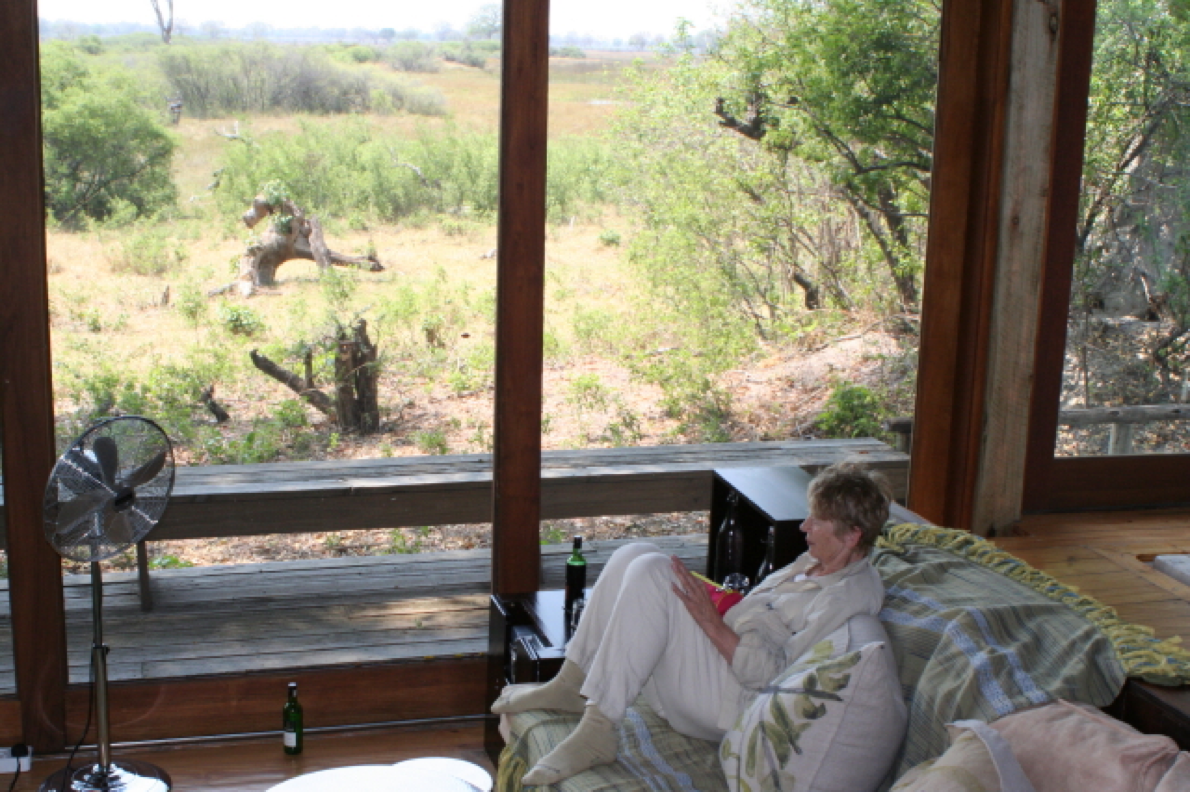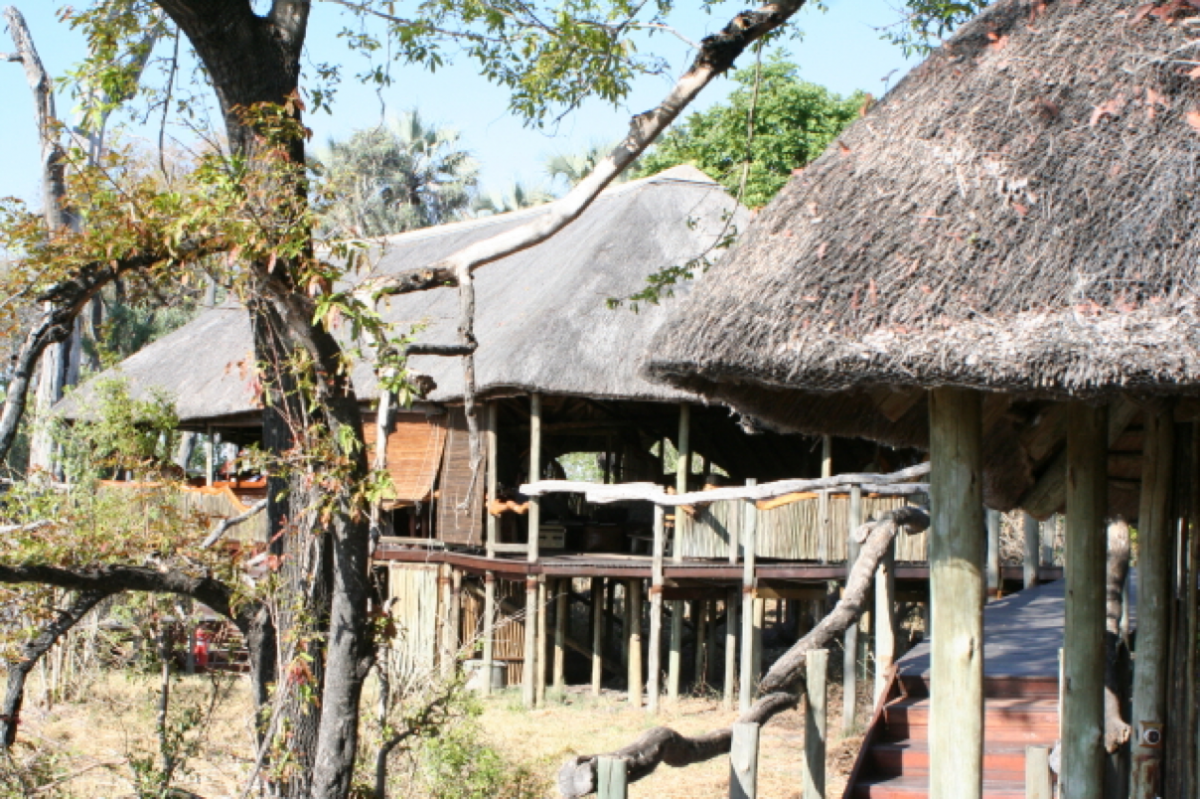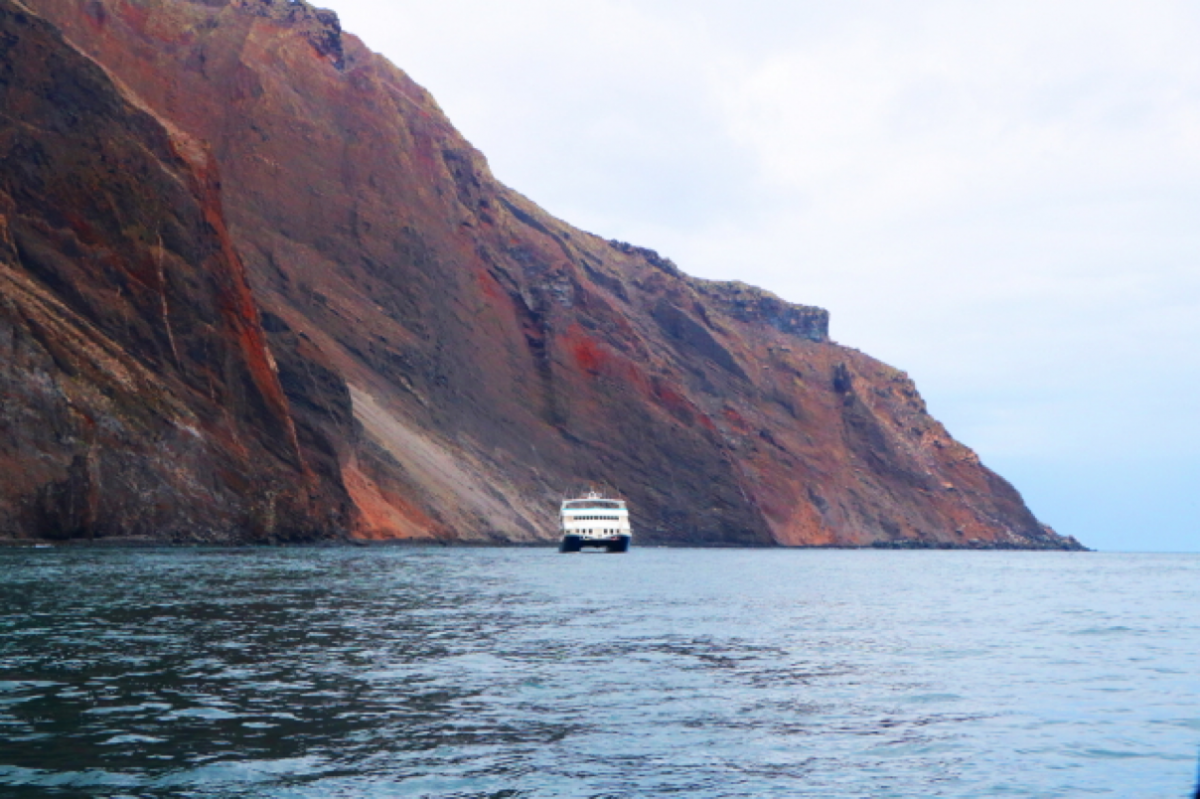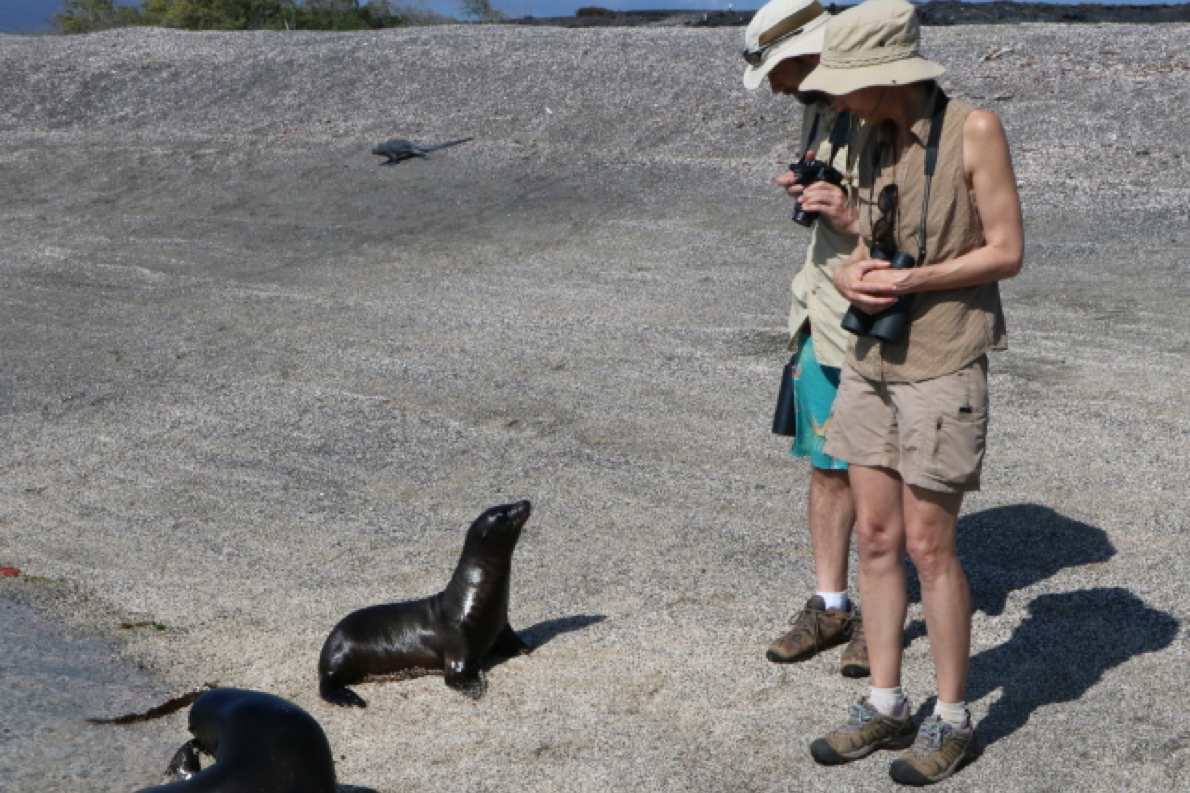Retiree Profile: Pete Davies
Last weekend, I watched a TV program called “Gringo Trails” about how young backpackers have trashed many previously idyllic parts of the globe with their drunken beach parties and how some countries are now placing restrictions on tourism to limit the environmental impacts. The program’s example was Bhutan, where tourists are required to spend a minimum of $250 per person per day to eliminate bulk tourism, and where the tourism minister (a Buddhist monk fluent in English) stated “We want to encourage visits by millionaires and retired college professors.” Now this is the first time I have heard retired college professors equated with millionaires, but he was clearly referring to those who have sufficient resources and are willing to spend it on experiencing some of the last pristine places while stepping gently on the landscape. In the Okavango Delta in Botswana, a luxury-camp manager explained “The government of Botswana saw the mass tourism in Kenya and wanted no part of it, and instead decided to opt for exclusive [expensive], limited tourism.” This involves small camps (16 persons each) that fly in by “bush” aircraft since there are no roads. Expect to spend $1000 per person per day, not including airfare. Wow, what a contrast from life as a struggling assistant professor when I made my couch out of 2x4s and rope from an Ithaca lumber yard!
I have hundreds of photos from our trips to Botswana and the Galapagos Islands, both of which we visited to see the wildlife (and follow the footsteps of Darwin). Lions and elephants and giant tortoises - oh my! You can see plenty of pictures on the web.
In Botswana, we had a professional safari planner work out the details. We were presented with multiple options which we researched and decided on, to reduce the cost. All our camps were comfortable and had fantastic food; alcoholic drinks were included at all but one camp and I saw no-one abuse the open bar. In reality the most expensive camp was obscenely and ridiculously luxurious (a 30 x 30 fully furnished tent with king sized bed, an interior sub-tented interior shower, and an exterior shower and small personal swimming pool!!); even the least expensive camp was perfectly adequate. We went towards the end of the dry season in October, so it was hot with blue skies and vast numbers of all sorts of animals and birds – in many places you could see hundreds just by turning around. The guides were all local and most had degrees in wildlife conservation. Trips were at dawn to mid-morning and late-afternoon to dusk, with a stop for “sundowners”.
For the Galapagos we selected a small catamaran from Quito. The ship, crew and local guide were great, and the food, taken at one large communal table, was amazing. Our cabin was about 12 feet square again with a king sized bed and a balcony. Our congenial fellow shipmates were an eclectic bunch: a university president, an oil-drilling company owner, an airline chief-pilot, a doctor, etc. Trips were at dawn and late afternoon, and were a mix of shore trips as well as snorkeling with the fish, turtles, sealions and iguanas. The Galapagos park is doing a good job of controlling access: only certain sites are permitted, you must have a guide, and you are not allowed to stray off the path. You are not permitted to approach the incredibly tame animals (but they, especially baby sealions, haven’t read the rules and may approach you!).
For both of these trips we were depositing many thousands of dollars to unknown companies, for which there is always some concern, but everything worked out just fine. We even left our deposit with the cruise company for over a year (by an agreement) before taking up the trip, but I must say putting it on a credit card at least gives some peace of mind.
So we had incredible trips to see some of the remaining wild animals, at low density to hopefully minimize our touring footprints, while putting some money into the local economies to ensure that they themselves work for the preservation of their environment and wildlife for future generations. When you go, take your camera (with a semi-telescopic lens for candid shots)!






